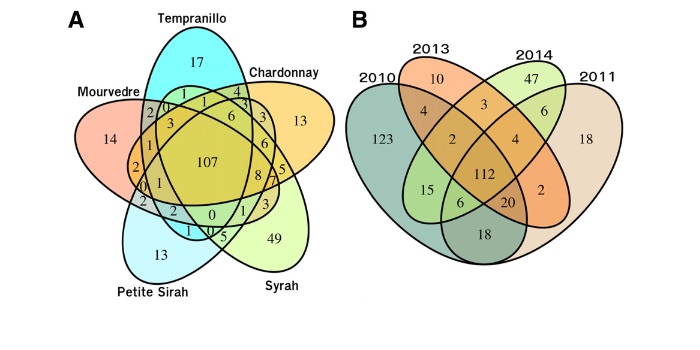
Microbial landscape of the grapevine endosphere in the context of Pierce’s disease
In vascular plants, structure and composition of microbial endosphere associations has not been studied much in the specific context of vascular diseases. This is the case of Pierce's disease which is caused by Xylella fastidiosa and affects multiple crops and ornamental plants. This bacterium is currently…
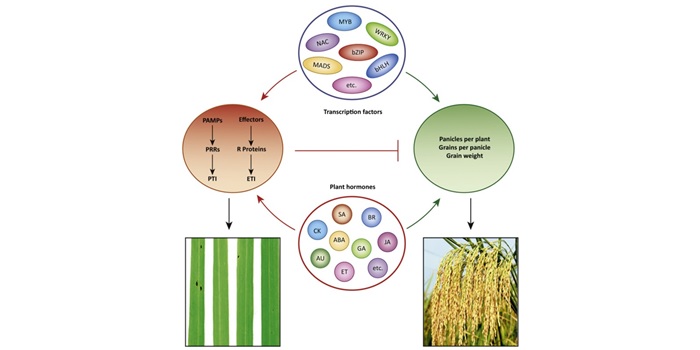
Review: Balancing immunity and yield in crop plants
During pathogen invasion, plant resources are diverted from further growth to activation of plant immune response. This review focuses on the recent advances in understanding the complex relationship between immunity regulation and yield production in the model monocot crop rice (Oryza sativa). Many…
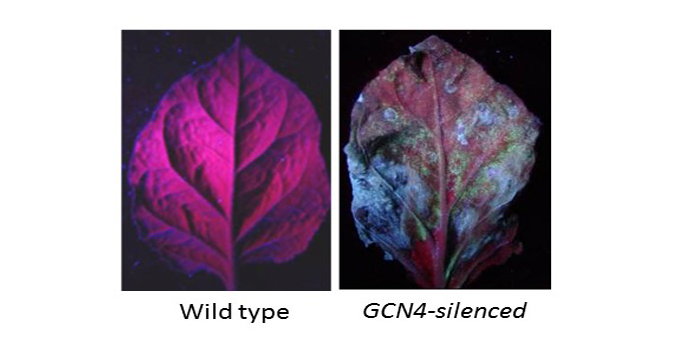
How Plants Keep Troublemakers Out and Water In
Kaundal et al. examine how a protein keeps plants safe from invading pathogens and dehydration http://www.plantcell.org/content/29/9/2233
By Amita Kaundal, Vemanna S. Ramu, Kirankumar S. Mysore
Background: To cause disease in plants, bacteria must enter plant tissue and multiply. Bacteria and…

A root hair-seeking endophytic microbe from an unusual volcanic swamp corn enhances phosphate uptake
In plants the location of microbes to specific cell types, including endophytes, is still scarcely described in contrast with the situation in the animal kingdom. Shehata et al. describe a bacterial endophyte (Strain 3F11, possibly Enterobacter asburiae) from Zea nicaraguensis, a wild corn growing at…
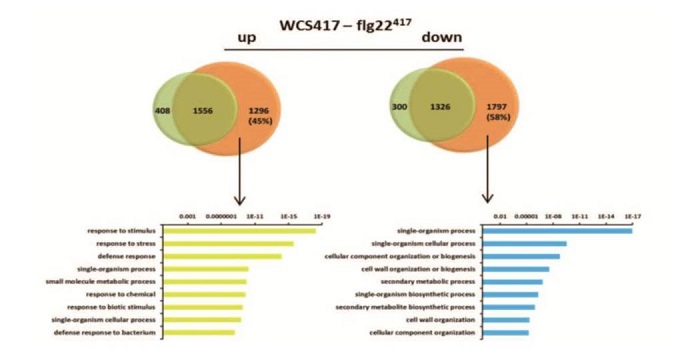
Signatures of adaptation to mutualists revealed by root transcriptional dynamics
A plant's rhizosphere consists of a huge array of pathogenic microbes many of which can trigger defense responses, leading to decreased growth. On the other hand, beneficial microbes such as rhizobacteria promote growth and can induce systemic resistance while suppressing local immune responses. A recent…
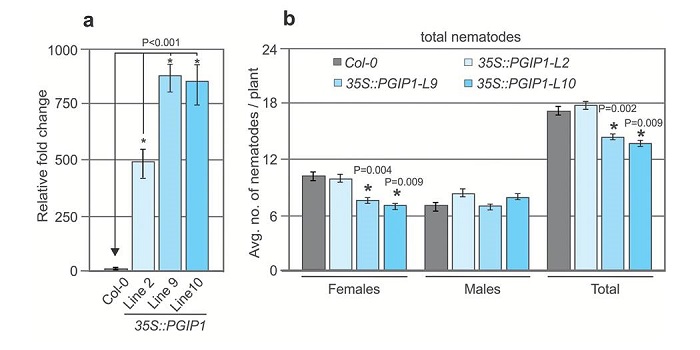
Damage-associated signals differentially impact nematode parasitism
Roots must protect themselves from a diverse range of microbial and animal pests. To accomplish this, plants have evolved sophisticated signalling machinery to detect the presence of these pests or to quickly react to the damage that they cause. In a recent study, Shah et al. identified host receptor…
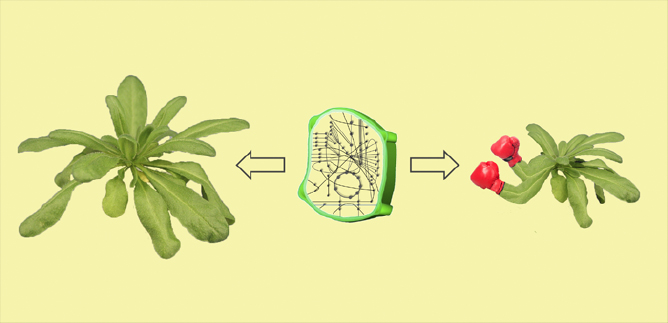
To Grow or to Defend: That is the Question for Plant Central Metabolism
Fusari et al. perform GWAS to explore primary plant metabolism https://doi.org/10.1105/tpc.17.00232
By Corina M. Fusari and Rik Kooke
Background: Primary metabolites such as sugars, organic acids, and amino acids are essential chemical compounds that drive plant growth and development by providing…
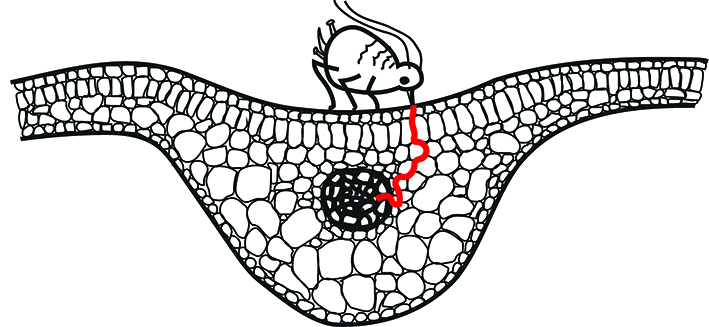
A Plant Protein That Foils Aphid Feeding
Kloth et al. probe aphid feeding behavior. The Plant Cell 2017 doi: 10.1105/tpc.16.00424
By Karen Kloth
Background: Aphids are phloem-feeding insects. They penetrate plants with a piercing-sucking mouth. Once they reach a tube where the plant transports its sugar-rich phloem sap, they can take…
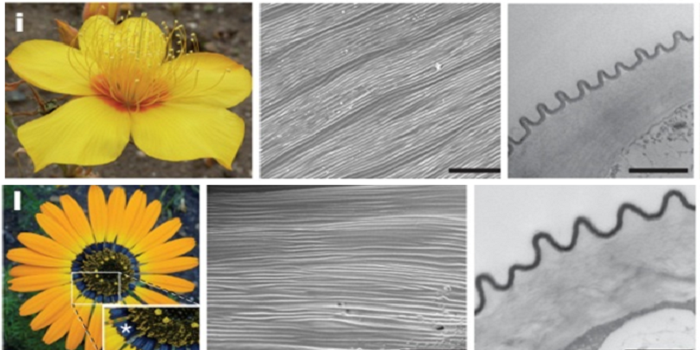
"Blue halo" light scattering enhances signalling to bees
Visual and other cues attract pollinators. Bees vision is skewed towards blue colors, but they also visit non-blue flowers. Moyroud et al. looked at how petal surface textures affect bee responses. The authors observed that similar parallel cuticular striations in diverse angiosperm lineages show convergent…

